The intersection of dragon and Spanish soccer culture?”
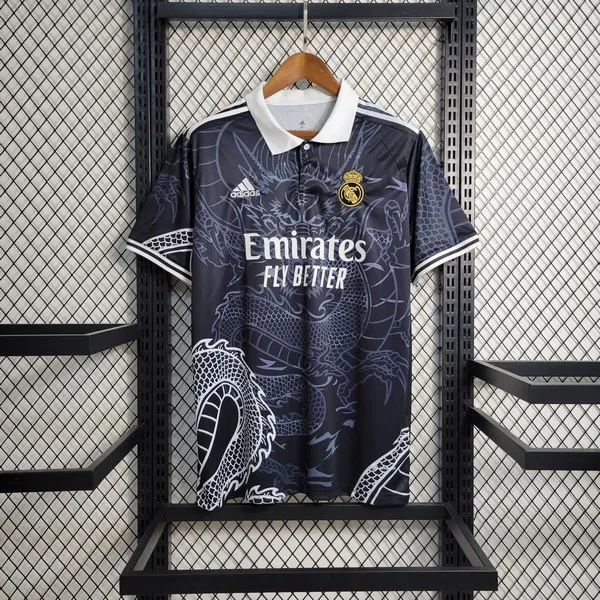
When one thinks of the intersection of dragon and Spanish soccer culture, it might not be immediately clear what the two have in common. However, upon closer examination, it becomes apparent that there are actually several fascinating connections between the two.
First and foremost, dragons have long been an important symbol in Spanish culture. In fact, dragons are featured prominently in many traditional Spanish stories and legends, often as fearsome creatures to be conquered by brave knights. This connection between dragons and heroism is also present in Spanish soccer culture, where fans often view their favorite players as larger-than-life figures who are capable of performing incredible feats on the field.
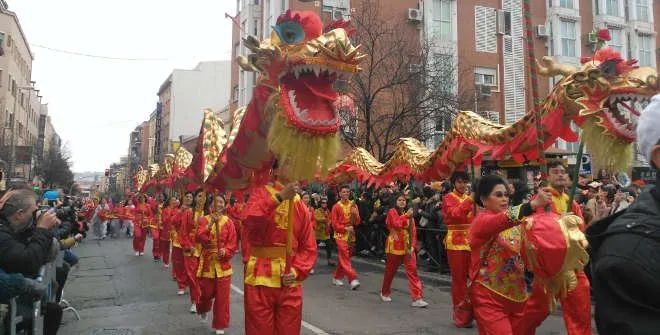
Another connection between dragons and Spanish soccer culture is the idea of power and dominance. Dragons are often depicted as incredibly powerful creatures, capable of breathing fire and wreaking havoc on their enemies. Similarly, Spanish soccer teams like Real Madrid and Barcelona are often seen as dominant forces within the sport, with legions of fans cheering them on and expecting nothing less than victory.
Additionally, the colors associated with dragons – namely, red and gold – are also significant in Spanish soccer culture. Red is the color of passion and energy, two qualities that are highly valued in the sport, while gold is often associated with success and achievement.
But perhaps the most interesting connection between dragons and Spanish soccer culture is the idea of fierce competition. Just as dragons were often pitted against knights in stories of old, so too do Spanish soccer teams compete fiercely against one another on the field. These matches are often intense and highly charged, with fans on both sides cheering their teams on with fervor.
It is worth noting that the dragon has also entered the Spanish soccer world in a more concrete way. For example, the emblem of Spanish soccer club Deportivo La Coruna features a stylized dragon, which has become an important symbol for the team and its fans.
In addition, dragons are used in the Spanish soccer team’s promotional materials, and images of this mythical creature often appear on the team’s scarves, flags and other merchandise. This further strengthens the connection between the dragon and Spanish soccer culture, suggesting that the two have become intertwined in the minds of many fans.
Another way in which dragons and Spanish soccer culture have intersected is through the use of dragon inspired choreography in the game. Fans of teams like Barcelona and Valencia have been known to create elaborate displays, including giant dragon puppets or dancers dressed as dragons, to add a touch of drama and spectacle to sporting events.
Of course, the connection between dragons and Spanish soccer culture is not limited to Spain. Dragons are a global phenomenon that can be found in cultures all over the world.
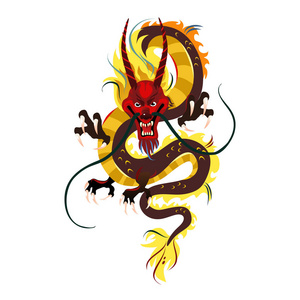
Dragons have also been incorporated into the icons of Spanish soccer teams. For example, the popular Spanish soccer club Valencia FC has a bat on its crest, a symbol of the city, and the bat’s wings are shaped to resemble those of a dragon. This unique emblem adds a touch of mysticism to the team’s identity and connects it to the local culture.
Fans can purchase team jerseys and scarves adorned with the dragon motif, further emphasizing the connection between these two cultural symbols.
Another interesting aspect of the intersection of dragons and Spanish soccer culture is the role of fan rituals and traditions. At some Spanish soccer stadiums, fans bring dragon masks or other dragon-themed items to games as a way to show their support for their team. In addition, the act of lighting flares or setting off fireworks during games has become a popular tradition among Spanish fans, and the bright colors and loud noises associated with these displays can be seen as evocative of the fiery breathing and roaring of dragons.
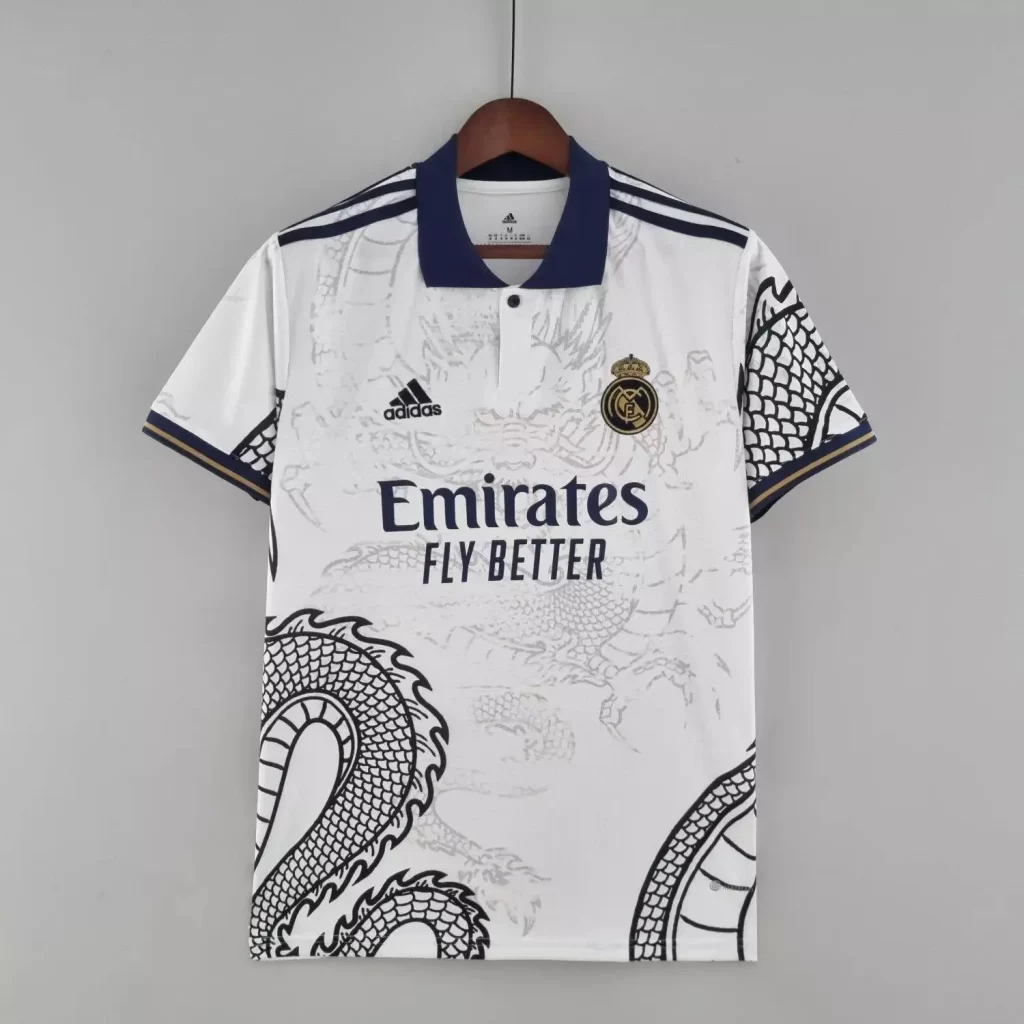
The intersection of dragons and Spanish soccer culture is a unique and interesting topic, highlighting the deep connection between seemingly disparate cultural symbols. From the incorporation of dragons into team crests and merchandise, to the use of dragon imagery in fan rituals and traditions, it is clear that dragons have left their mark on Spanish soccer culture.
Another interesting aspect of the intersection of dragon and Spanish soccer culture is the role of superstition and symbolism. In Spanish culture, dragons are often associated with good luck and protection, and it’s not uncommon to see dragon motifs on items like jewelry and clothing. Similarly, soccer fans often have their own superstitions and rituals, such as wearing lucky socks or performing certain pre-game routines. They may also use symbols like team logos and mascots to rally behind their favorite players and bring good fortune to their team.
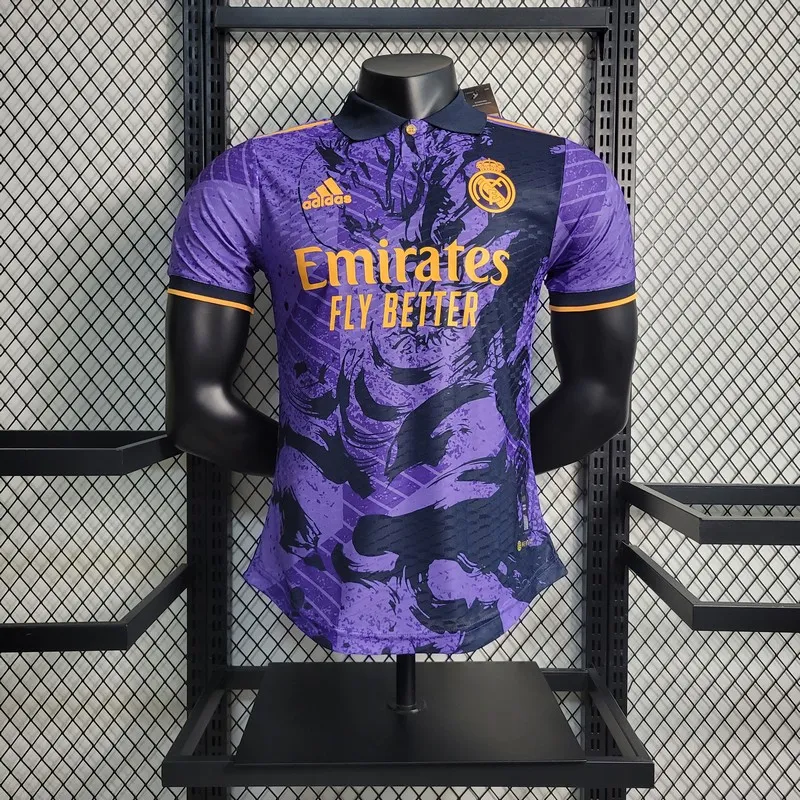
The intersection of dragon and Spanish soccer culture may seem like an unlikely connection, but there is actually a link between the two through Real Madrid, one of the most successful and famous soccer clubs in the world.
In Chinese culture, the dragon is a symbol of power, strength, and good luck. Real Madrid’s iconic crest features a dragon on top of the letters “MCF,” which stands for “Madrid Club de Futbol.” This dragon has become a recognizable symbol not only for the club but also for Spanish soccer culture as a whole.
Real Madrid has a rich history and has won numerous domestic and international titles, including 13 European Cup/UEFA Champions League trophies, the most by any club. The club’s success has helped to shape the identity of Spanish soccer culture, which is known for its passion, flair, and attacking style of play.
In addition, Real Madrid has been home to some of the greatest players in soccer history, including Cristiano Ronaldo, Zinedine Zidane, Alfredo Di Stefano, and Ferenc Puskas, among others. These players have helped to make Real Madrid one of the most popular and successful soccer clubs in the world, and have also helped to spread Spanish soccer culture to fans all over the globe.
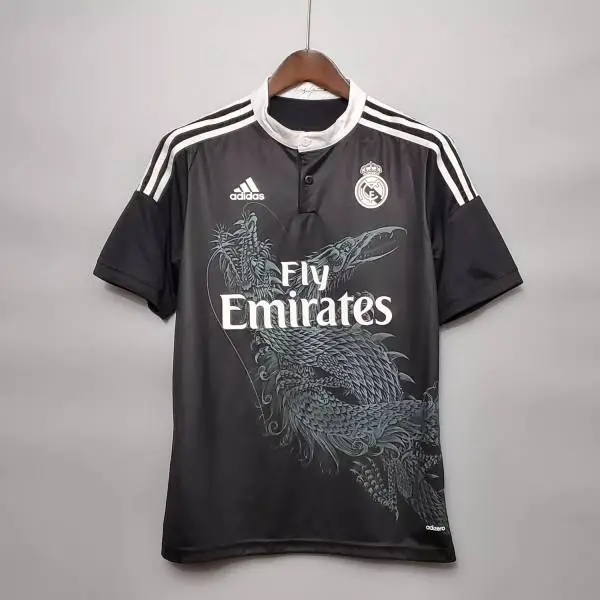
Overall, while the connection between dragon and Spanish soccer culture may not be immediately apparent, Real Madrid’s use of the dragon as a symbol has helped to cement its place in the history and culture of Spanish soccer.
The intersection of dragon and Spanish soccer culture may seem like an unlikely connection, but there is actually a link between the two through Real Madrid, one of the most successful and famous soccer clubs in the world.
In Chinese culture, the dragon is a symbol of power, strength, and good luck. Real Madrid’s iconic crest features a dragon on top of the letters “MCF,” which stands for “Madrid Club de Futbol.” This dragon has become a recognizable symbol not only for the club but also for Spanish soccer culture as a whole.
Real Madrid has a rich history and has won numerous domestic and international titles, including 13 European Cup/UEFA Champions League trophies, the most by any club. The club’s success has helped to shape the identity of Spanish soccer culture, which is known for its passion, flair, and attacking style of play.
In addition, Real Madrid has been home to some of the greatest players in soccer history, including Cristiano Ronaldo, Zinedine Zidane, Alfredo Di Stefano, and Ferenc Puskas, among others. These players have helped to make Real Madrid one of the most popular and successful soccer clubs in the world, and have also helped to spread Spanish soccer culture to fans all over the globe.
Overall, while the connection between dragon and Spanish soccer culture may not be immediately apparent, Real Madrid’s use of the dragon as a symbol has helped to cement its place in the history and culture of Spanish soccer.

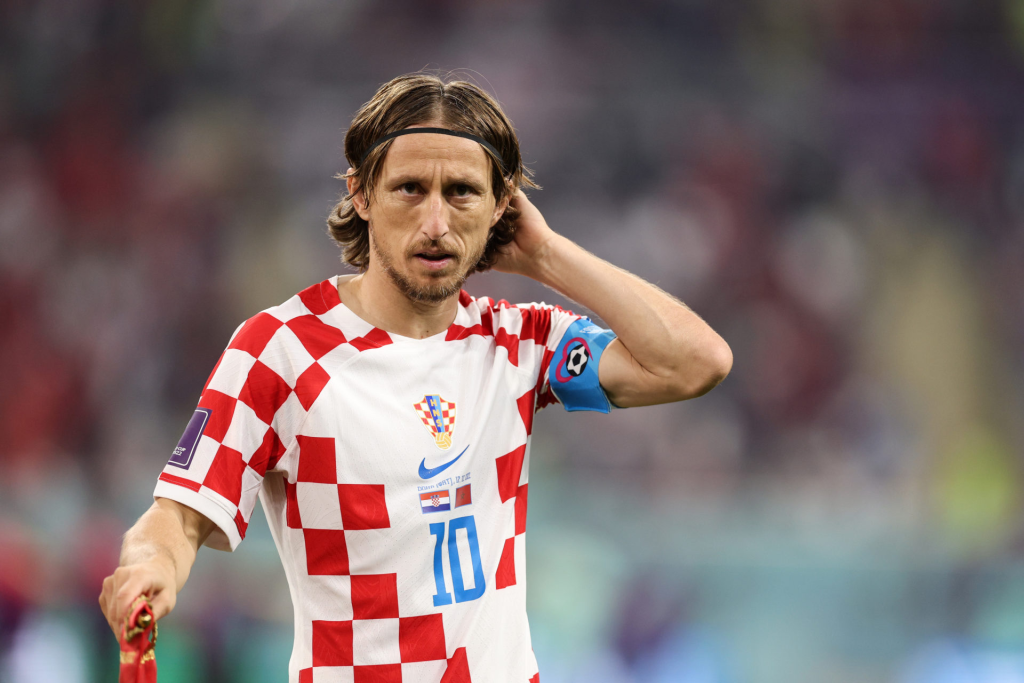




 Arsenal
Arsenal